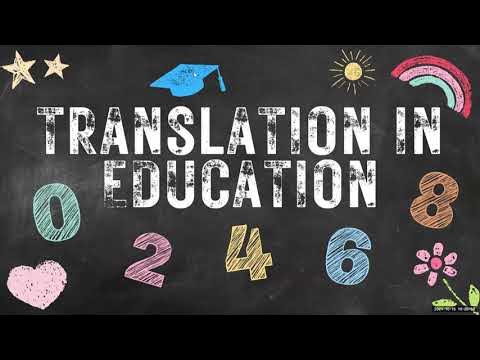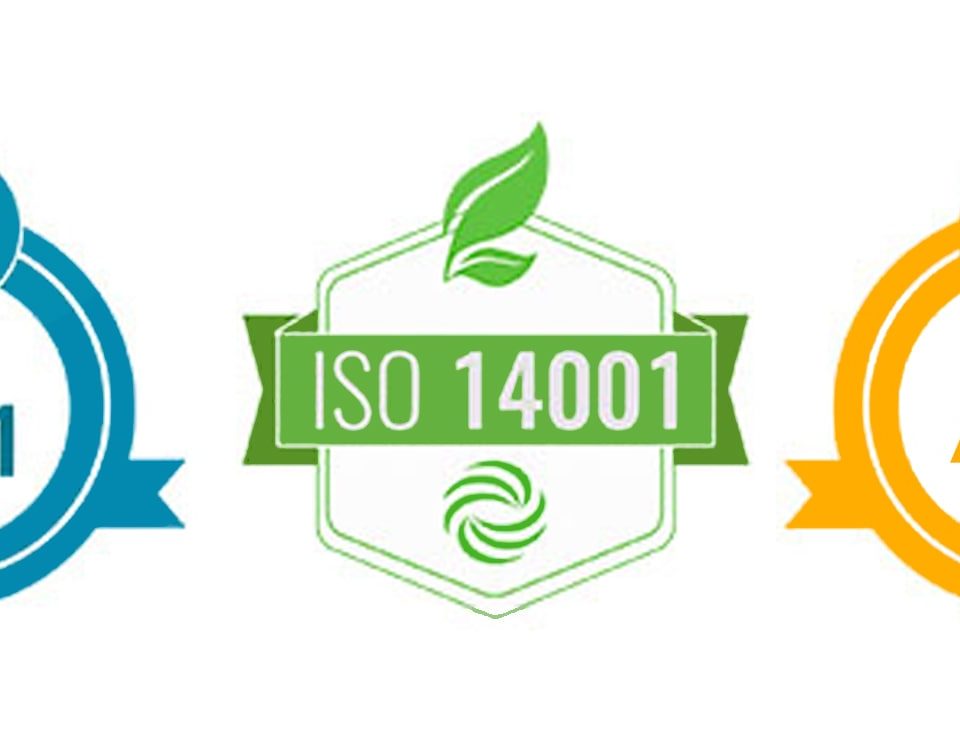How to translate Education Documents?

How to translate Vietnamese to English in Tourism industry?
15th August 2025Adverbs in Vietnamese
22nd August 2025Translating education documents requires precision, clarity, and an understanding of both the educational context of the source and target languages. Education documents can range from school reports and curricula to policies, research papers, or textbooks. Each type has its own specific requirements, but all require careful attention to detail to ensure accuracy and consistency.
Here’s a guide to help you translate education documents effectively:
1. Understand the Purpose and Context of the Document
Determine the Type of Document
-
Curriculum and Syllabi: These are structured and often include specific academic terms, lesson plans, and educational objectives. Translating them accurately is essential to maintaining the educational integrity of the content.
-
Reports and Transcripts: These include student performance records and evaluations, requiring accurate terms related to grading systems, subjects, and performance metrics.
-
Educational Policies or Legal Documents: These documents may involve formal or technical language, often with legal implications. Ensure the correct use of terminology and adherence to the educational system’s legal framework.
-
Textbooks and Academic Articles: These documents require a deep understanding of the subject matter as they can cover complex educational concepts and theories.
-
Instructional Materials and Guides: These could be used by teachers or students and need to be clear, concise, and easy to follow in the target language.
Audience Awareness
-
Who is the target audience for this document? A teacher, student, academic administrator, or policy maker?
-
Consider their familiarity with educational jargon and adjust the language level accordingly. For example, materials for young students should be straightforward and easy to understand, while those aimed at academics can involve more complex terminology.
2. Research and Familiarize Yourself with Educational Systems
Different Educational Systems
-
School Systems: The structure of education (primary, secondary, tertiary) varies across cultures and countries. Be mindful of how terms like “elementary school,” “high school,” “university,” or “college” are defined in the source vs. target language.
-
Grading Systems: Different countries use different grading scales, and it’s crucial to translate these terms correctly. For example:
- Grades 1-12 may need clarification in systems like the UK (Years 1-13) or elsewhere.
-
You might also need to explain grading criteria or scale (letter grades vs. numerical grades vs. percentage scores).
-
Educational Concepts: Concepts like “homework,” “project-based learning,” “credit hours,” or “research thesis” may have different equivalents, or there may be additional nuances in the target culture.
3. Ensure Consistency and Accuracy with Terminology
Educational Jargon and Terms
-
Educational Jargon: There’s a significant amount of specialized terminology that needs to be translated accurately. Be sure to use the right equivalent terms in the target language, keeping in mind their specific educational context.
-
Subject-specific Terms: If translating a textbook or academic paper, ensure that specialized vocabulary is translated correctly. Use glossaries or consult subject matter experts if necessary. For example, terms related to mathematics, science, or history might have specific words or phrases that differ between regions.
Consistency in Terminology
-
Use a glossary or maintain consistency across the document when translating key educational terms. Inconsistent use of terms can cause confusion, especially in legal or policy documents.
4. Adapt Cultural and Educational References
Cultural Sensitivity
-
Educational Practices: Different cultures have different approaches to education. For example, the role of exams or homework may vary between systems, so understanding these practices is key to making the translation accurate.
-
Examples & Contextual Relevance: Some examples or references in the source document may need to be adapted for the target culture. For example, a math textbook in the U.S. might reference “dollars” or “miles”, which should be converted to “euros” or “kilometers” in countries that use the metric system.
-
References to National Systems: If the original document references specific national exams, standards, or practices (e.g., SATs, GCSEs), it might need to be explained or replaced with an equivalent in the target culture (e.g., Baccalaureate in France or A-Level in the UK).
5. Keep the Tone Appropriate
Formal vs. Informal
-
Formal Tone: Educational documents, especially those dealing with policies, reports, or legal matters, generally require formal language. Be mindful of the level of formality required in the target language.
-
Clear and Accessible: For instructional materials aimed at younger students, or for documents that need to be easily understood (like guides or school handbooks), the tone should be clear, concise, and simple.
Maintain the Original Tone
-
If the source document has a motivational, encouraging, or empowering tone (e.g., in a student report), make sure this tone is carried over into the translation. This is especially important in documents that influence student emotions, like recommendation letters, evaluations, or reports.
6. Pay Attention to Formatting and Structure
-
Structure of the Document: The structure and layout of educational documents can vary across cultures. Ensure that headings, bullet points, and paragraphs follow the conventions of the target language.
-
For example, a report in the U.S. might include a “grade point average” (GPA) section, while a European report may focus on “final exam results” instead. Make sure these sections are clearly translated to avoid confusion.
-
-
Tables and Data: Be sure that data is represented clearly, and units of measurement (such as weight or temperature) are appropriately adapted.
7. Adhere to Local Regulations and Standards
-
Legal and Accreditation Terms: If translating accreditation documents, certificates, or other legal education materials, be sure to understand the legal frameworks in both the source and target languages.
-
Compliance with Educational Laws: Ensure that the translation aligns with the educational laws, policies, and standards in the target language’s country, especially for official documents like diplomas or transcripts.
8. Proofreading and Quality Check
-
Cultural and Linguistic Review: After translating, it’s crucial to have the document reviewed by someone from the target culture who understands both the language and educational system. They can spot any cultural missteps or awkward phrasing.
-
Consistency Review: Check that all terms are used consistently throughout the document, especially specialized educational terms.
-
Grammar and Accuracy: A final grammar and spelling check is a must. In education documents, even small errors can lead to misunderstandings.
9. Use Translation Tools and Resources
-
Glossaries and Dictionaries: Use specialized educational glossaries or bilingual dictionaries, especially when dealing with terms specific to the educational system.
-
Translation Memory Tools: Tools like SDL Trados or MemoQ can help ensure consistency across longer documents and larger translation projects.
Key Takeaways for Translating Education Documents:
-
Understand the educational context: Know the specific system and terms involved.
-
Maintain consistency in terminology: Educational terms should be translated consistently and accurately.
-
Adapt for cultural relevance: Make necessary adjustments to reflect the cultural and educational differences between source and target languages.
-
Pay attention to tone and formality: Match the document’s intended tone—whether formal, academic, or motivational.
-
Proofread and consult experts: Have someone familiar with both educational systems review your translation.
If you’re working on a specific type of education document or need help with a particular challenge, feel free to let me know! I can offer more tailored advice.


